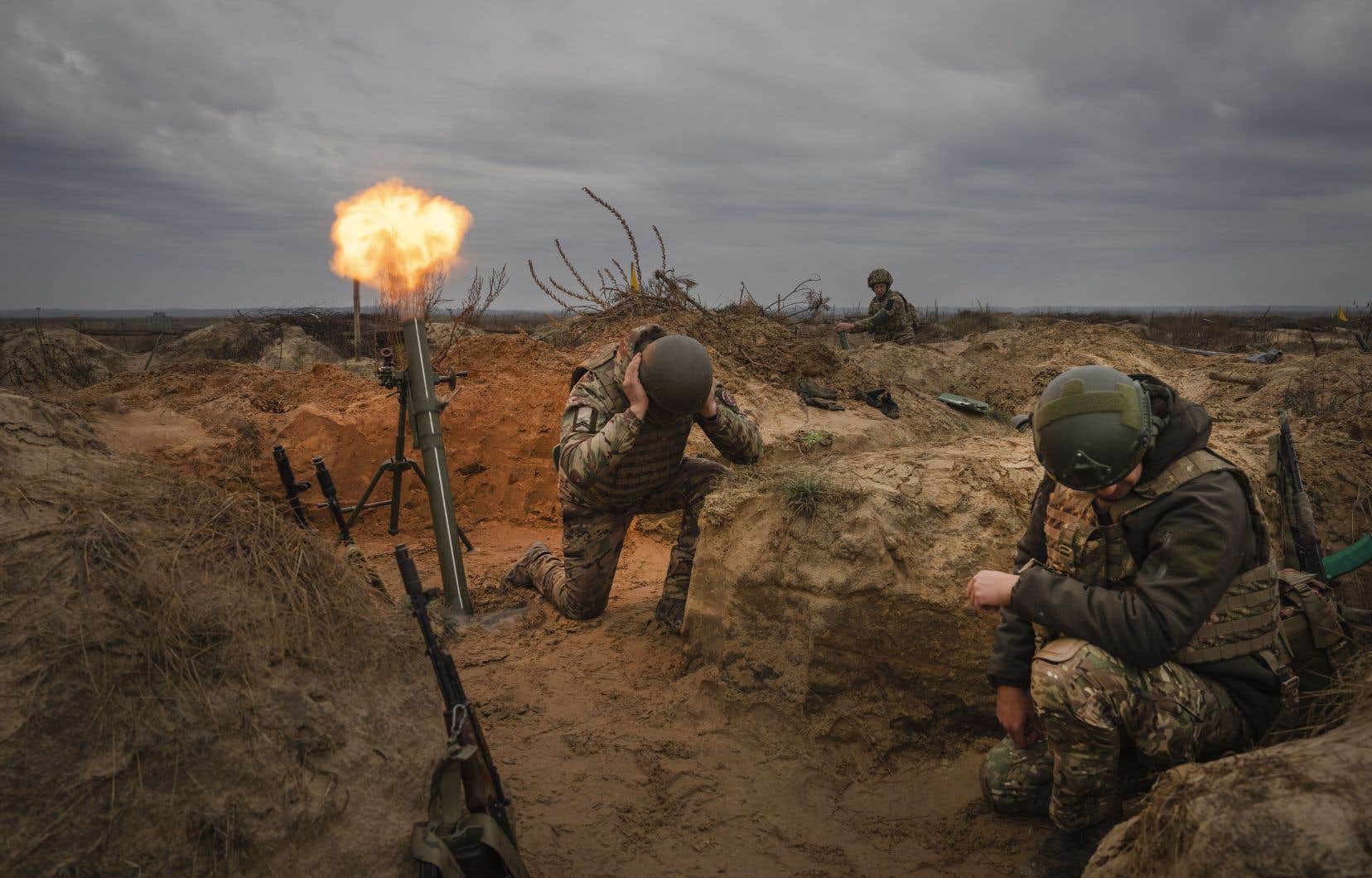Nearly half of budget spending in Ukraine will be devoted in 2024 to defense and security, according to the bill voted on Thursday by Parliament, after nearly two years of Russian invasion which devastated the country’s economy.
“Almost 50% of our spending is devoted to the defense and security of Ukraine: there will be even more weapons and equipment, more drones, ammunition, missiles,” declared the first Minister Denis Chmygal following the vote.
“All our internal resources will be used to resist and defeat the enemy,” he promised in a message published on Telegram.
Thus, defense and security spending will reach nearly 1,700 billion hryvnias (nearly 65,000 billion Canadian dollars) next year, or 22.1% of GDP, according to the Ministry of Finance, a figure higher than the reserved budget. to education, health and social benefits.
“We all see people calling for budgetary resources to be allocated to defense rather than paving and repairing streets. It’s the right thing to do. All resources should be used to strengthen Ukraine,” President Volodymyr Zelensky demanded on Monday.
“The priorities of the state budget are clear: strengthening defense capacity, protecting the population, supporting veterans, improving social standards and economic recovery,” Ukraine’s Finance Minister Sergii stressed on Thursday. Marchenko, in a speech in Parliament.
Thursday’s vote comes at a time when Kiev fears that weariness will gradually spread to its allies and that their support, financial and military, will dwindle after the failure of its counter-offensive launched in June.
Ukraine has indicated that it will need US$41 billion in external financing next year from its allies and international organizations to make its economy function.
This figure is stable compared to 2023 (US$42 billion, more than CA$56 billion), in line with the estimates made by the International Monetary Fund for the current year (between US$40 and 48 billion).
According to the voted budget, GDP is expected to increase by 4.6% in 2024, with inflation at 9.7%, down significantly compared to January 2023 (+26% over one year).
